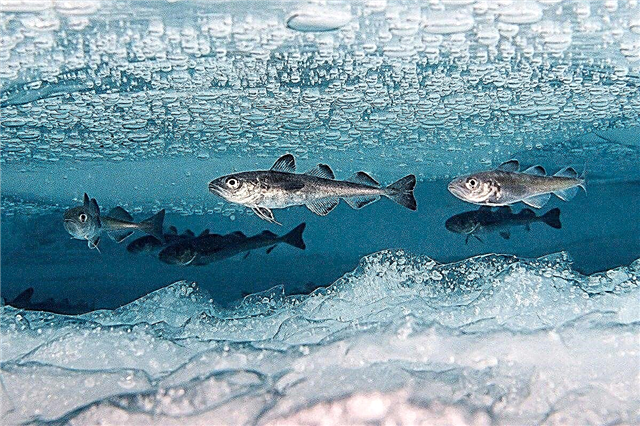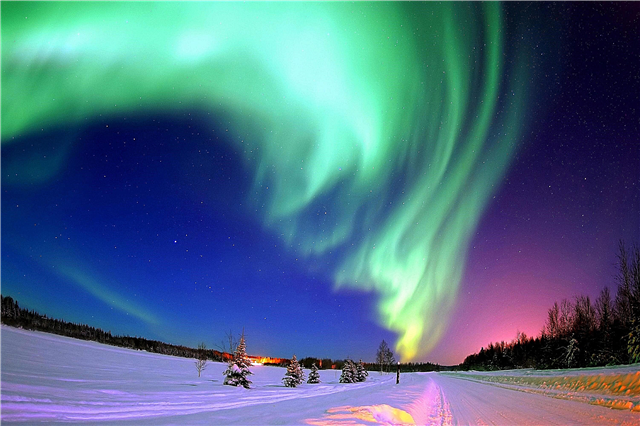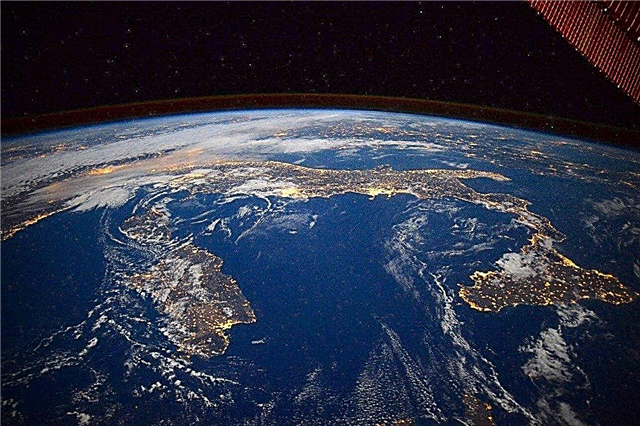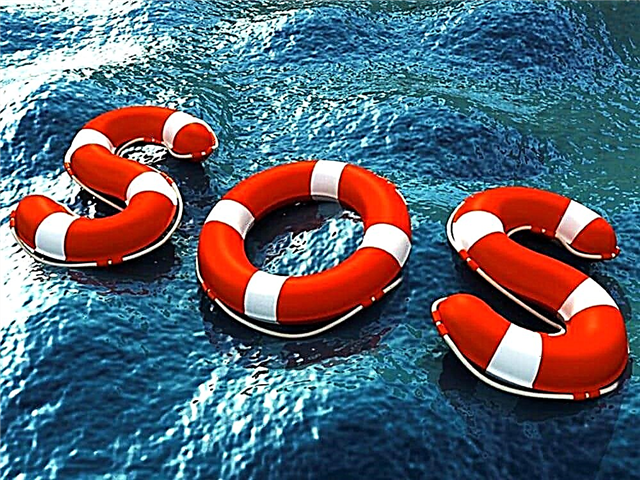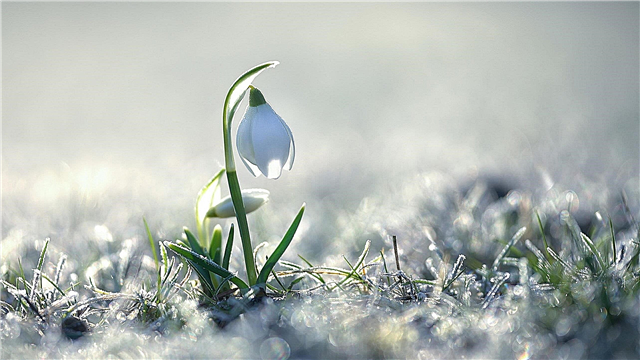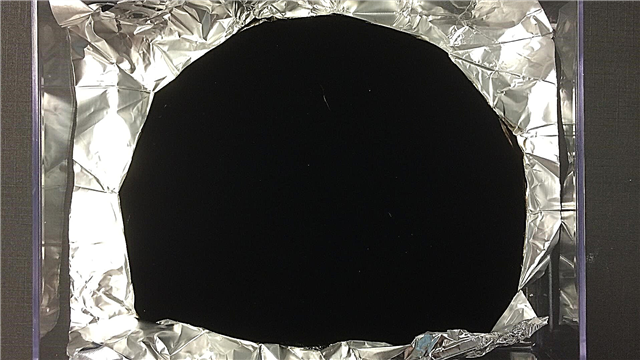
The Dead Sea is a salt lake located in the Jordanian rift valley, bordering Jordan in the east and Israel, Palestine in the west. The height of the coast of the Dead Sea, which is 430 m below sea level, is known as the lowest part of land on Earth.
Dead Sea water containing beneficial mineral elements (magnesium, sodium, calcium, potassium chlorides, bromides), its healing mud are famous all over the world for its healing properties. However, why is this miraculous reservoir called the Dead Sea?
Interesting Facts: The Dead Sea is 67 km long with a maximum depth of 306 m. The Dead Sea is one of the most saline reservoirs of the Earth. The concentration of salts in the lake is 300-310 g (up to 350 g in some years) per 1 liter of water, which is 9 times higher than the salinity of the ocean (35 g).
Salty sea

Given the location of the lake, it is not surprising that the Dead Sea has an extensive religious history. The early name of the Dead Sea is recorded in the Old Testament, where it is referred to as the “Salt Sea,” from Genesis to later texts. This name is given to the reservoir due to its high salt content. The Dead Sea is mentioned in biblical texts dating back to Abraham (the first of the Jewish patriarchs) and the destruction of Sodom and Gomorrah (biblical cities along the lake, destroyed by God due to wickedness).
From the proximity to the ancient biblical city of Sodom, there is another name for the Dead Sea - “Sodom Sea”. Since the lake was formed in the biblical valley of Siddim, it was also called the "Sea of the Plains."With regard to geographical location, the Scripture refers to the reservoir as the “East Sea” and the Mediterranean Sea as the “West Sea”: “... living waters will flow from Jerusalem, half of them to the east sea and half of them to the west sea”.
Dead Sea Salinity

The Dead Sea has no access to the sea and runoff. The main tributary that fills the lake with water (mainly in winter and spring) is jordan riverwhich flows into the lake from the north. Several streams also feed the lake.
The Judean Desert lies along the western coast of the Dead Sea; therefore, the lake is characterized by a dry, hot climate: winter temperatures average + 15 ° C, summer +34 ° C; precipitation is insignificant and irregular (about 50-65 mm per year). The evaporation of the waters of the lake, which often creates dense fog, is estimated at 1,400 mm per year. Thus, due to hot climatic conditions, the water in the lake evaporates faster than replenished with precipitation, therefore, the salt concentration in the water does not decrease, but increases every year. Evaporation of water leads to crystallization of salt, which settles at the bottom. Salt crystals also accumulate on the shores of the Dead Sea. The concentration of salt in the Dead Sea varies depending on depth and season, while the average salinity is about 31.5% (in floods, the salt content decreases to 30% or lower).
Thus, due to hot climatic conditions, the water in the lake evaporates faster than replenished with precipitation, therefore, the salt concentration in the water does not decrease, but increases every year. Evaporation of water leads to crystallization of salt, which settles at the bottom. Salt crystals also accumulate on the shores of the Dead Sea. The concentration of salt in the Dead Sea varies depending on depth and season, while the average salinity is about 31.5% (in floods, the salt content decreases to 30% or lower).
Interesting fact:Dead Sea water has a high density (1.24 kg / l) due to its high salt content. This means that a person does not drown in the lake due to natural buoyancy.The mass of water pushes the body to the surface, so no effort is required to stay on the water.

Asphalt sea
In addition to the high content of salt and minerals, the Dead Sea spews natural asphalt to the surface from the depths and lays like black pebbles. Hence the other name of the lake, used by the ancient Greeks and Romans, is “Asphalt Sea”. Asphalt imported from the Dead Sea region was used in ancient times for Egyptian mummification.
The Dead Sea
The name "Dead Sea" was first used by the ancient Greek scholar Pausanias (II century BC), who explored the waters of the lake. In ancient times, the reservoir was considered dead, since the high salinity of the Dead Sea prevented the emergence of life forms. Fish that got into the lake from the Jordan River or streams during the flood quickly died.
Why does high salinity exclude life?
The Dead Sea does not support the existence of organisms, since salt ions affect the osmotic pressure of cells, forcing the water inside the cells to move. This destroys the cells of plants and animals and prevents the growth of fungal and bacterial cells.

However, the Dead Sea is not completely devoid of life. When investigating the reservoir at the bottom, cracks were found through which groundwater entered the lake. Around the cracks numerous species of bacteria, archaea, and fungi were found. At the mouth of the Jordan River, hydrobiologists have also discovered A type of algae called Dunaliella.

Algae feed on archaea, including halobacteriawhich, due to the high content of carotenoids (red pigment), cause a change in the color of water from blue to red. This means that in the Dead Sea there is still life, which is presented in the form of microscopic organisms.
Plants and animals do not live in the Dead Sea. Plant life along the shores is intermittent and consists of halophytes - plants that grow in salty or alkaline soil. However, in the territory adjacent to the lake, hundreds of species of plants, birds, and mammals live. Many species of animals (hares, damans, jackals, foxes, leopards, etc.) live in the mountains surrounding the Dead Sea. Jordan and Israel have nature reserves.
So the Dead Sea is called Dead because the increased salinity of this lake excludes the existence of macroscopic aquatic organismssuch as fish and aquatic plants. In ancient times, the reservoir was considered lifeless, but studies by hydrobiologists have shown that the reservoir is not completely devoid of life, since some types of microorganisms (archaea, bacteria, fungi) and unicellular green algae Dunaliella, which can stain the blue waters of the reservoir in red, live in its environment.
Other common names for the Dead Sea - the Salt Sea, the Plains Sea, the Sodom Sea, the East Sea - are of biblical origin.

